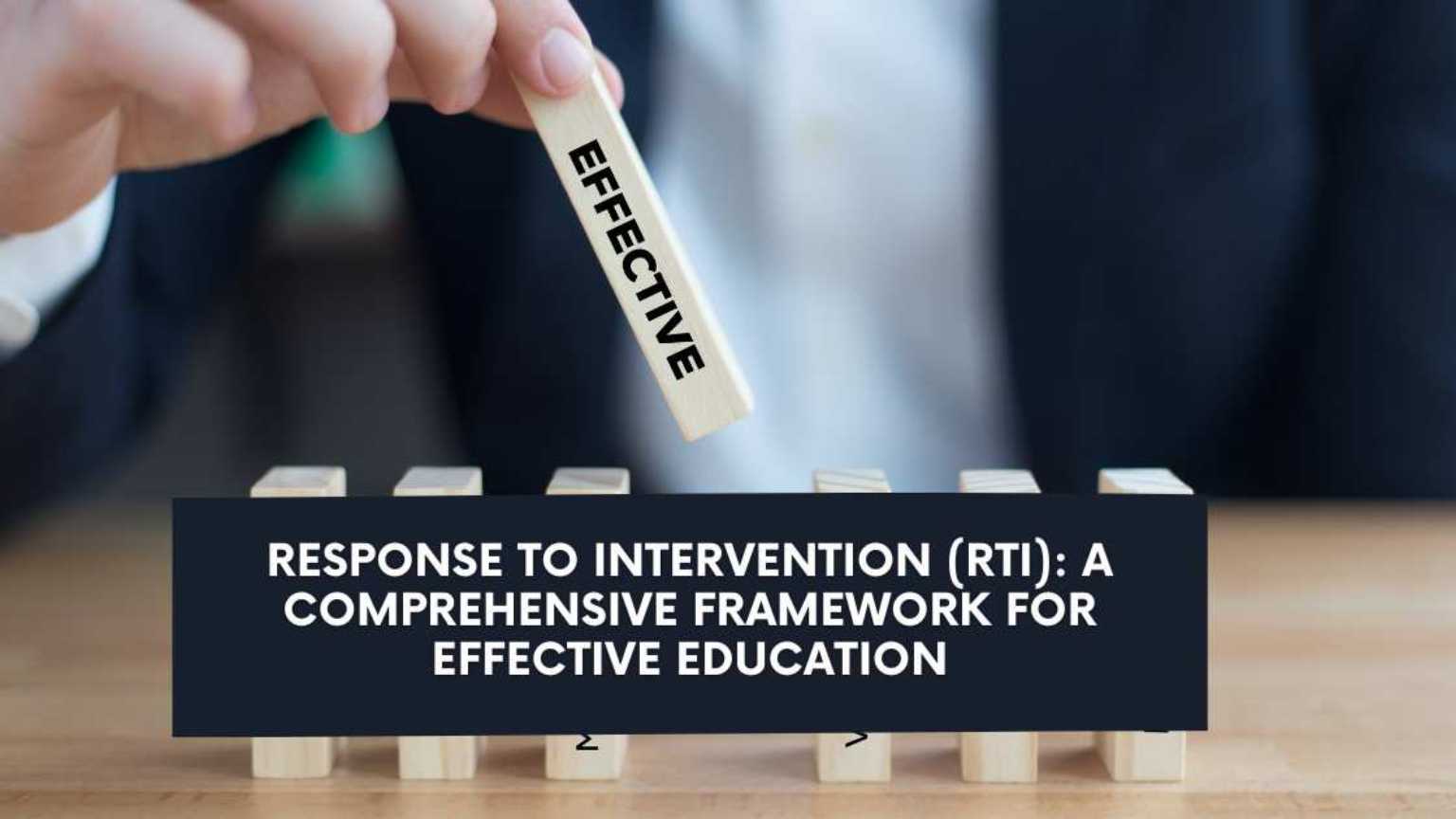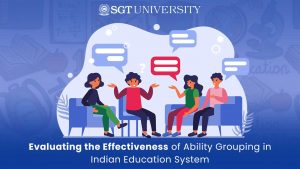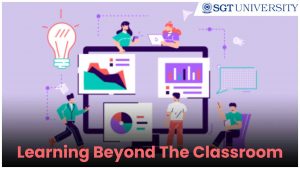“It will take each of us to reach all of them.”- Anonymous
Response to Intervention (RTI) is an educational approach designed to identify and support students with diverse learning needs. The primary goal of RTI is to provide targeted interventions that help struggling students catch up with their peers, while also preventing unnecessary delays in their academic progress.
This article will delve into the principles and components of Response to Intervention, exploring how it works and its significance in promoting inclusive and effective education.
Examples will be provided to illustrate the successful implementation of Response to Intervention in various educational settings.
1. The Three-Tiered Model
At the heart of Response to Intervention is the three-tiered model, which classifies students into different levels of support based on their academic progress. Each tier represents an increasingly intensive level of intervention:
- Tier 1: Universal Interventions
This tier encompasses all students in the general education setting and involves high-quality, evidence-based instruction delivered by skilled teachers.
- Tier 2: Targeted Interventions
Students who exhibit mild to moderate academic difficulties receive targeted interventions in small groups to address specific areas of concern.
Example: A middle school math teacher identifies students struggling with algebra and conducts after-school group sessions to reinforce foundational concepts.
- Tier 3: Intensive Interventions
At this tier, students with significant academic challenges receive individualized and intensive support to meet their unique needs.
Example: A high school student diagnosed with dyslexia receives one-on-one sessions with a specialized reading interventionist to improve literacy skills.
2. Data-Driven Decision-Making
One of the core principles of RTI is data-driven decision-making. Schools collect and analyze student performance data regularly to identify those in need of interventions and monitor their progress over time.
Example: In a primary school, teachers conduct regular formative assessments to evaluate students’ reading abilities. Based on the assessment results, the school’s RT team identifies struggling readers and develops personalized reading plans, tracking their progress through regular assessments to determine the effectiveness of the intervention.
3. Collaborative Team Approach
The success of RTI hinges on collaboration among teachers, administrators, parents, and other educational specialists. This team approach ensures a holistic understanding of each student’s needs and fosters a supportive network to address those needs effectively.
Example: A high school student is struggling academically and behaviorally. The RTI team consists of teachers, school counselors, the student’s parents, and a behavioral specialist. Together, they develop a behavior intervention plan, provide academic support, and coordinate efforts to help the student succeed academically and socially.
4. Ongoing Progress Monitoring
To ensure the effectiveness of interventions, ongoing progress monitoring is essential. Regular assessments help educators identify whether students are responding positively to interventions or if adjustments are required.
Example: In a middle school, a student with attention issues receives support through a behavior chart and rewards system. Teachers track the student’s behavior daily and analyze the data weekly to determine the impact of the intervention.
5. Early Intervention and Prevention
RTI emphasizes early intervention to address learning difficulties before they escalate into significant challenges. By providing timely support, schools can prevent more severe academic and emotional struggles.
Example: In a preschool setting, a child exhibits speech and language delays. The early intervention team collaborates with speech therapists to provide targeted support, helping the child develop communication skills before formal schooling begins.
6. Culturally Responsive RTI
A critical aspect of RTI’s success is its responsiveness to cultural and linguistic diversity. Recognizing and respecting students’ cultural backgrounds can significantly impact their engagement and academic achievement.
Example: In a diverse urban school, the RTI team works with bilingual educators to ensure that English language learners receive appropriate language support in addition to their academic interventions.
Conclusion
Response to Intervention is a multifaceted framework that empowers educators to address the diverse learning needs of students effectively.
By implementing Response to Intervention, educational institutions create inclusive environments where every student can thrive academically and reach their full potential. Through a commitment to evidence-based practices and continuous improvement, RTI offers a powerful tool for enhancing educational outcomes and ensuring that no student is left behind.
For those students who want to become highly skilled educators, they can pursue the various UG and PG courses offered by the Faculty of Education at SGT University – one of the best education college in Gurgaon.




